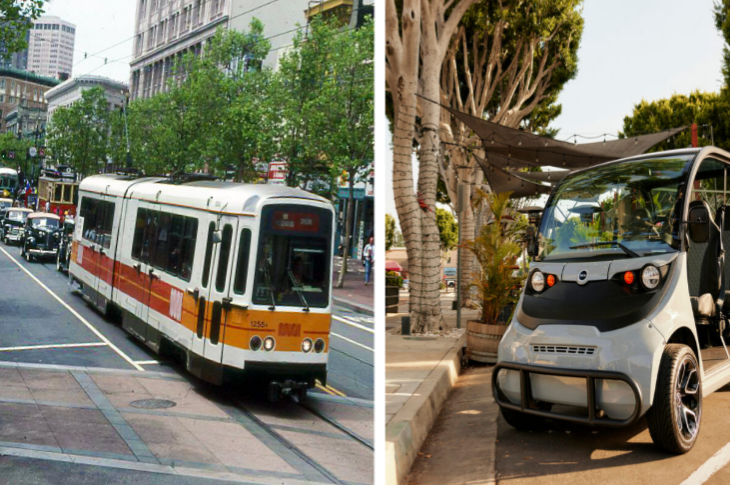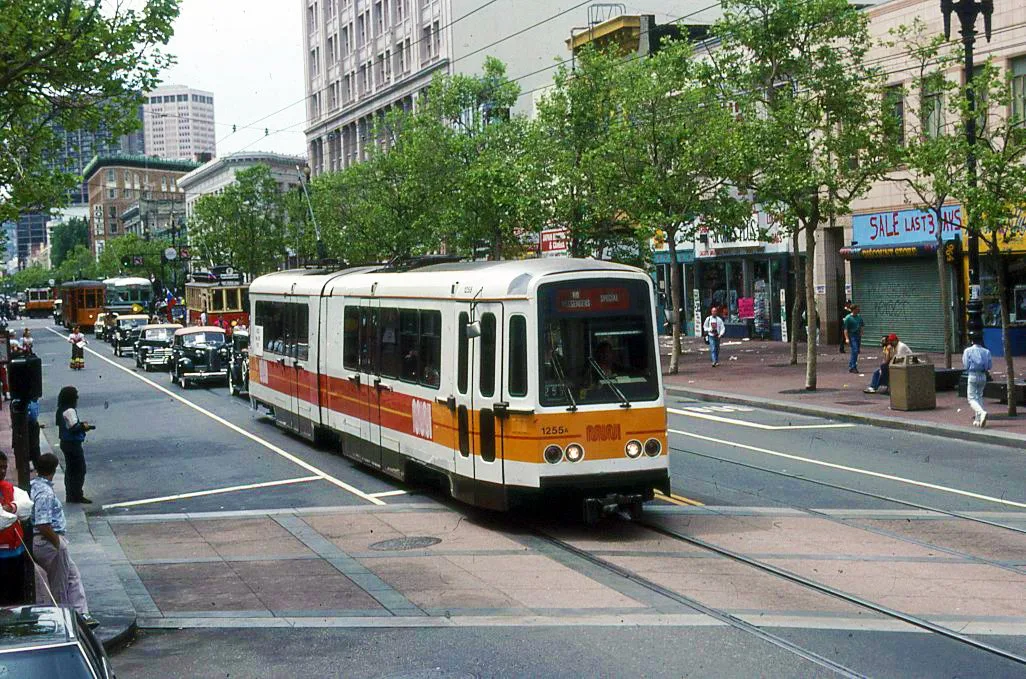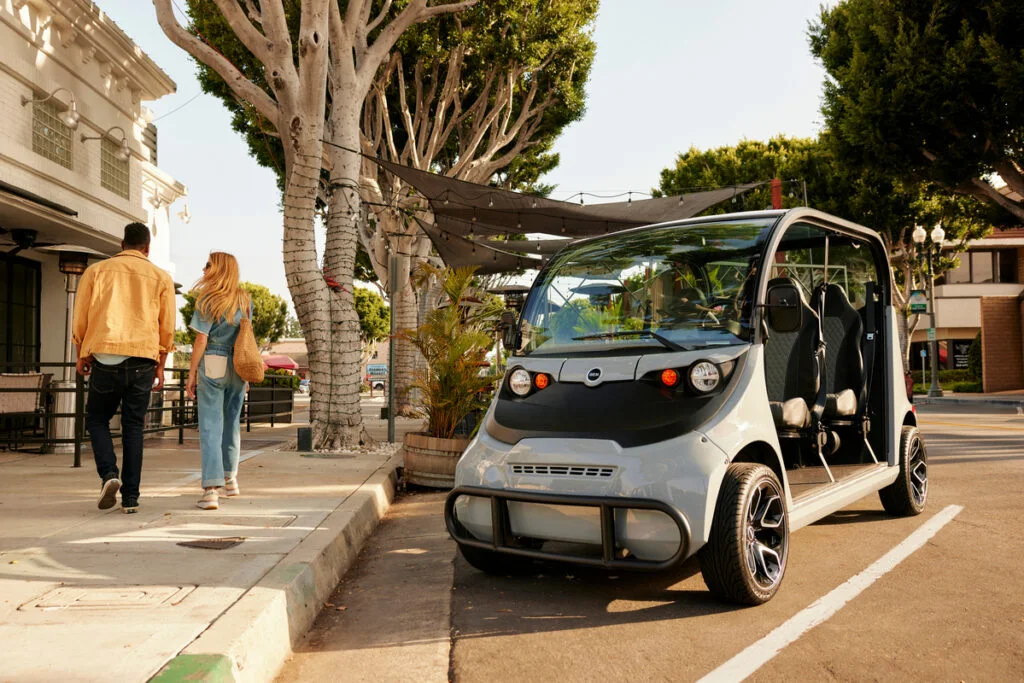Navigating the Tracks: A Driver's Guide to Sharing the Road with Light Rail Vehicles and Neighborhood Electric Vehicles
Urban transportation is evolving, and our roads are increasingly shared by a diverse range of vehicles. Light rail vehicles (LRVs) and Neighborhood Electric Vehicles (NEVs) bring efficient, eco-friendly options to the table, but their presence requires drivers to adapt their behavior for everyone's safety. This guide equips you with the knowledge and tips to navigate the tracks and share the road safely and confidently with these unique vehicles.
Understanding the Rules of the Road:
Both Light Rail Vehicle (LRVs) and Neighborhood Electric Vehicles (NEVs) operate within the same traffic laws as other vehicles. However, their distinct characteristics necessitate awareness and adjustments in driving habits.
What is a Light Rail Vehicle (LRV)?
LRVs are essentially trams or trolleys that operate on dedicated tracks, often running through the heart of cities. They can be single or articulated cars, electric-powered with overhead lines or onboard batteries, and typically carry a large number of passengers. Think of them as a hybrid between a bus and a train, offering efficient and convenient public transportation.
Sharing the Road with Light Rail Vehicle:
Heavyweights on Rails: LRVs are significantly heavier than cars and require a much greater stopping distance. Never attempt to turn in front of a moving LRV, as even a minor collision can have devastating consequences.
Shared Tracks, Divided Focus: Many LRVs share road space with cars. Be extra vigilant at intersections and crossings, checking both directions for approaching LRVs before proceeding. Remember, their blind spots can obscure pedestrians and cyclists, so proceed with caution.
Traffic Light Symphony: While LRVs often follow traffic signals, they can also preempt them, causing sudden changes in light sequences. Be attentive and avoid relying solely on the lights; always check for approaching LRVs before moving through intersections.
What is a Neighborhood Electric Vehicle (NEV)?
NEVs are small, low-speed electric vehicles designed for short trips within neighborhoods. They typically have a maximum speed of 25 mph and limited range, resembling golf carts but street-legal for designated areas. Think of them as a clean and quiet alternative for short errands or leisurely commutes.
Sharing the Road with NEVs:
Slow and Steady Wins the Race: NEVs and LSVs have a maximum speed of 25 mph, making them significantly slower than most cars. Be patient and maintain a safe distance behind them, especially when turning or merging.
Spot the Signs: Look for designated signs like "NEV USE ONLY" or "NEV ROUTE" to identify areas where these vehicles are permitted. Be extra cautious in these zones, as you may encounter NEVs unexpectedly.
Restricted Territory: NEVs and LSVs are prohibited on roads with speed limits exceeding 35 mph. Stick to designated routes and avoid main roads where their slow speed could create dangerous situations.
Safety Tips for Sharing the Road:
Maintain a Safe Distance: Always keep a safe distance from both LRVs and NEVs, especially at intersections and stops. Remember, their braking capabilities are different from those of cars.
Don't Block the Tracks: Avoid stopping or parking on or near LRV tracks, as this can disrupt their operation and create safety hazards.
Yield to Pedestrians: Be aware that pedestrians and cyclists may be crossing LRV tracks or sharing the road with NEVs. Yield to their right of way and exercise extra caution at crosswalks and designated zones.
Stay Alert and Avoid Distractions: Put down your phone and focus on the road when driving in areas with LRVs and NEVs. Distractions can significantly increase the risk of accidents.
Be Predictable: Signal your intentions clearly and avoid sudden lane changes or erratic maneuvers, especially near LRVs and NEVs. Predictable driving helps everyone anticipate your actions and maintain a safe flow of traffic.
Also Read: Road Lane Marking in California
Sharing the road with LRVs and NEVs requires a shift in perspective and a commitment to safety. By understanding their limitations, following the rules, and practicing safe driving habits, we can create a more inclusive and accident-free transportation environment for everyone.
Remember: Knowledge is power. Share this information with your friends and family to raise awareness and promote safe interactions on the road.




